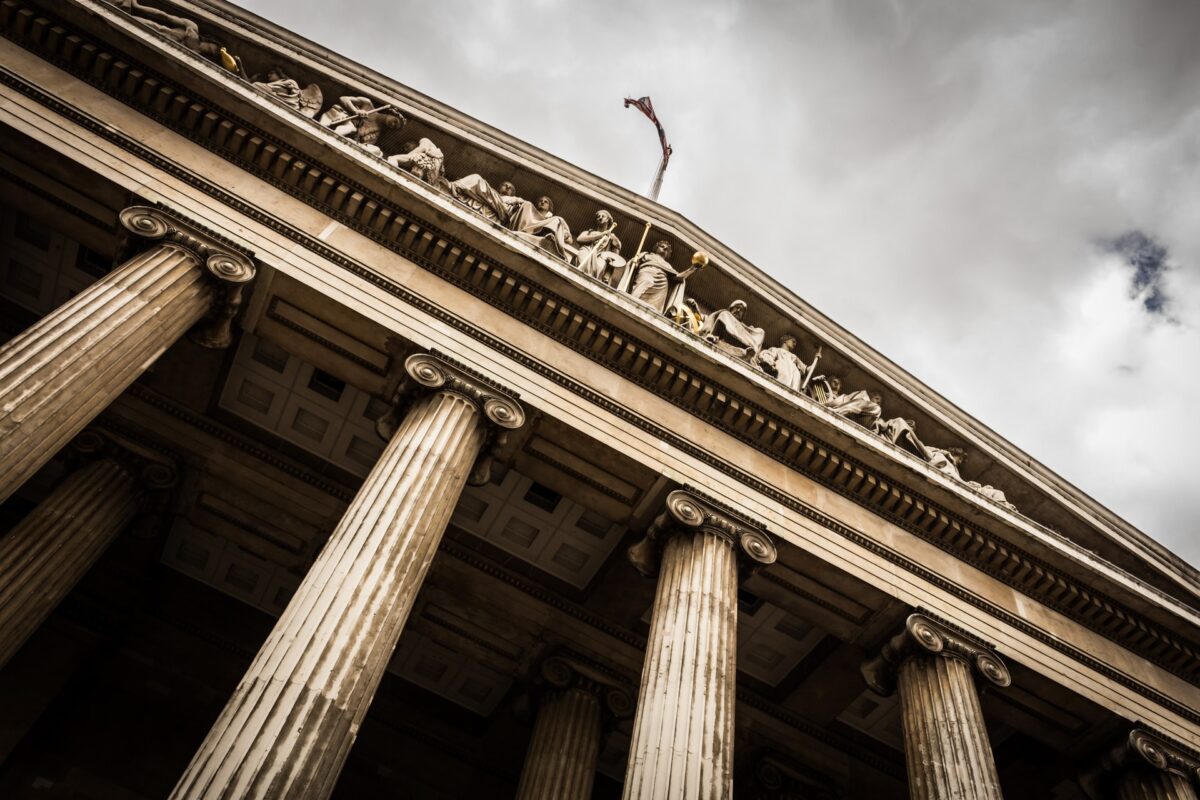We live in an exciting time where the scope of innovation and technological advances are so common, they’re not just anticipated, they’re expected. The rapid-fire pace at which we’re advancing products and services to make them smarter, more adaptable, and more automated is nothing short of amazing. What impact does this have on the brand promises that are being made?
As marketers, there is a clear desire to lead with the vision and the promise of what is to come; the aspirational state of both form and function for where a product or service may not be, but what it’s setting itself up to become. When exercising a brand communications strategy built on aspiration, the world of creative possibility opens up. With that though comes great responsibility in how far of a stretch a brand can and should take without misleading or falsely portraying what it can really deliver.
With a focus on tech, let’s look at a few brands making lofty promises and how their delivery matches their marketing.
Tesla And Cybertruck
A brand that leads with lofty, bold promises and falls short on delivery
It was the shatter heard round the world. The bold promise behind Tesla’s Cybertruck; windows that can withstand anything, shatterproof and protective against anything from bullets to break-ins. In a live on-stage, streaming demo, a confident Elon Musk wanted to prove his point by attempting to shatter the glass of his Cybertruck, proving it unbreakable. Unfortunately, the glass shattered. Not just a small crack, but a full-blown break. Confident it was an anomaly, a small mishap, he took a second strike to the glass and once again, it broke. Bold claims and bolder stunts led to what was an embarrassing portrayal of a vehicle that could not pay off the features it claimed to have. Tesla, well known for its progressive development of technology in the smart-vehicle space, had all the clout and credibility to debut something new in a big and impactful way. They may have been reaching too far, too fast and ultimately their bold claim and bold stunt shattered on a very public, very live stage.
The aftermath plays into a narrative of whether a consumer can believe or trust the promise Tesla makes. Is it all for show and all for coverage? Is there still validity in what Tesla claims is possible and what they stand behind? It’s a dangerous road to travel down; a brand known for being innovative, advanced, and revolutionary in many regards that over-indexes in confidence can quickly overturn or put its reputation into question by over-promising and under-delivering.
Alexa And Amazon
A brand that leads with its future-state and works in parallel to deliver
Me: “Hey Alexa, why can you never answer the question I ask you?”
Alexa: “I’m sorry, I don’t know that one.”
While I appreciate the polite banter woven into the technology, the frustration feels real. A tool designed and marketed to enhance and enable simplicity in my day-to-day life by acting as a sort of virtual assistant, yet my simple queries often turn up with a mismatch or no match at all within Alexa’s library of skills.
I may be too harsh as a consumer in my criticism because my expectations may be too high. In part, I credit that to the marketing that Amazon has done to elevate and emphasize the simplicity, ease, and effectiveness that Alexa can bring to many tasks. Where Amazon has shown great strides and success in both product enhancement and marketing is their ability to sign a myriad of high-profile partners (Bose, Samsung, Kohler, GE, etc.) and build and deliver new skills that dimensionalize and fully realize the world that Alexa lives in; the human world, filled with complex needs and interests. The credibility component, while Amazon doesn’t need it, is value-add as Amazon affiliates Alexa with a wide variety of various brands that are electing to build their brands into Alexa’s library, offering an extension of services and the impression that Alexa can and will be a command center for the ultimate smart-living environment. To date, there are more than 4,500 brands and more than 28,000 devices that can be controlled by users giving voice commands to Alexa devices. That is no small feat and a clear indication by Amazon of the commitment that have made and the investment they are making to go all in with Alexa.
Because Amazon has been so advanced in laying out their vision for AI-supported smart living, it’s easy to be swept up into the promise of Amazon’s Alexa. On the backend, constant development in programming new skills and honing the technology are all building towards the type of functionality we see in the marketing. The brand delivery, however, inevitably falls flat and inherently disappointing because it’s short of the expectation we have based on what we are shown Alexa is capable of.
Apple And New Product Features/New Product Launches
A brand that pays off promise with delivery and balances aspiration with reality
Apple is an interesting use case to examine. A brand with some of the world’s most prolific and memorable marketing, some of the world’s most game-changing products, and one of the world’s most beloved and recognizable brands. It’s creative merges the beauty of art and science, not unlike their products. Their storytelling told through a lens of emotion; sometimes relatable, sometimes almost fantasy-esque.
Apple is renowned for being first-to-market for a lot of new advancements and enhancements that continue to prove it is a brand that knows how to pay off its development with features and functions that work. Apple is not without its missteps, like any brand, but in principle, they lean into their strengths, and craft their marketing in a way that inspires consumers but doesn’t offer up more than what it can deliver.
Apple is a brand that has found the elusive balance of aspiration and functionality. It creates a powerful, moving, and engaging story that is rooted in whatever value proposition it is presenting: new camera quality with the iPhone 11, more creative editing tools in the iPad Pro, or waterproof features with the new Apple watch. The consumer always has clarity on what the enhancement or breakthrough is and is masterfully shown through creative that evokes intrigue and emotion but doesn’t oversell or over-promise. It’s the right balance between leading with a brand promise that pays off with delivery that meets the expectations of the consumer.
What Does This Mean For Brands Who Are In This Space?
The reality is that the technology in the marketplace that is enabling us to live more, smart device supported lives is staggeringly impressive. Development and iteration is moving so quickly, it’s almost as if we’re leapfrogging over milestones to advance as quickly as possible to get to the next next with an equally rapid test, learn, and adapt model, sometimes having to learn and adapt once a product is already in the market.
There are only so many times a brand gets to prove itself, and the consumer and trade marketplaces are both vicious in their scrutiny of what “good”, “groundbreaking”, “innovative”, or “significant” looks like. For brands that are looking to lead with a product or service that promises to be a game-changer, it’s important to have clarity on how much you’re selling your consumer on a future promise versus a current reality. Elevate your brand promise and value in a way you know you can pay off and build your creative story, messaging, and campaigns around that.
Best Practices
Say What You Mean, And Mean What You Say: One of a brand’s greatest assets is its ability to be trustworthy and that trust is built over time from brands proving that their claims are accurate. You can be a future-forward brand delivering a great product or service, but in order to do that and live up to what you’re delivering, make sure your messaging and creative match. Today, brands are judged by the strength of the evidence that supports their claims.
Lead With What You Can Consistently Deliver: It’s important to set and manage expectations with consumers on the fine line between future state and current capabilities. Showcasing something as future state or aspirational through a creative lens sets a tone of ambition, but make sure your brands creative delineates between the present and the future. Consumers want to be swept up in the story, but they also want to get what they pay for, make sure you’re balancing those worlds in messaging and creative.
Play The Long Game: The race to the future has no finish line. If you’re planning on building a brand poised to base its value proposition on any promises rooted in innovation and advancement, it’s important to be grounded in where you are and where you want to be and build your story from there. If you’re at an early stage in development, be mindful of how you position and introduce your brand. If you’re an established brand with a track record, be mindful of your reputation and your consumers’ expectations. If you build trust early and often, continuing to keep the promises you have made, you’re in a better position for long-term sustainable success.
The Blake Project Can Help: The Strategic Brand Storytelling Workshop
Branding Strategy Insider is a service of The Blake Project: A strategic brand consultancy specializing in Brand Research, Brand Strategy, Brand Growth and Brand Education




